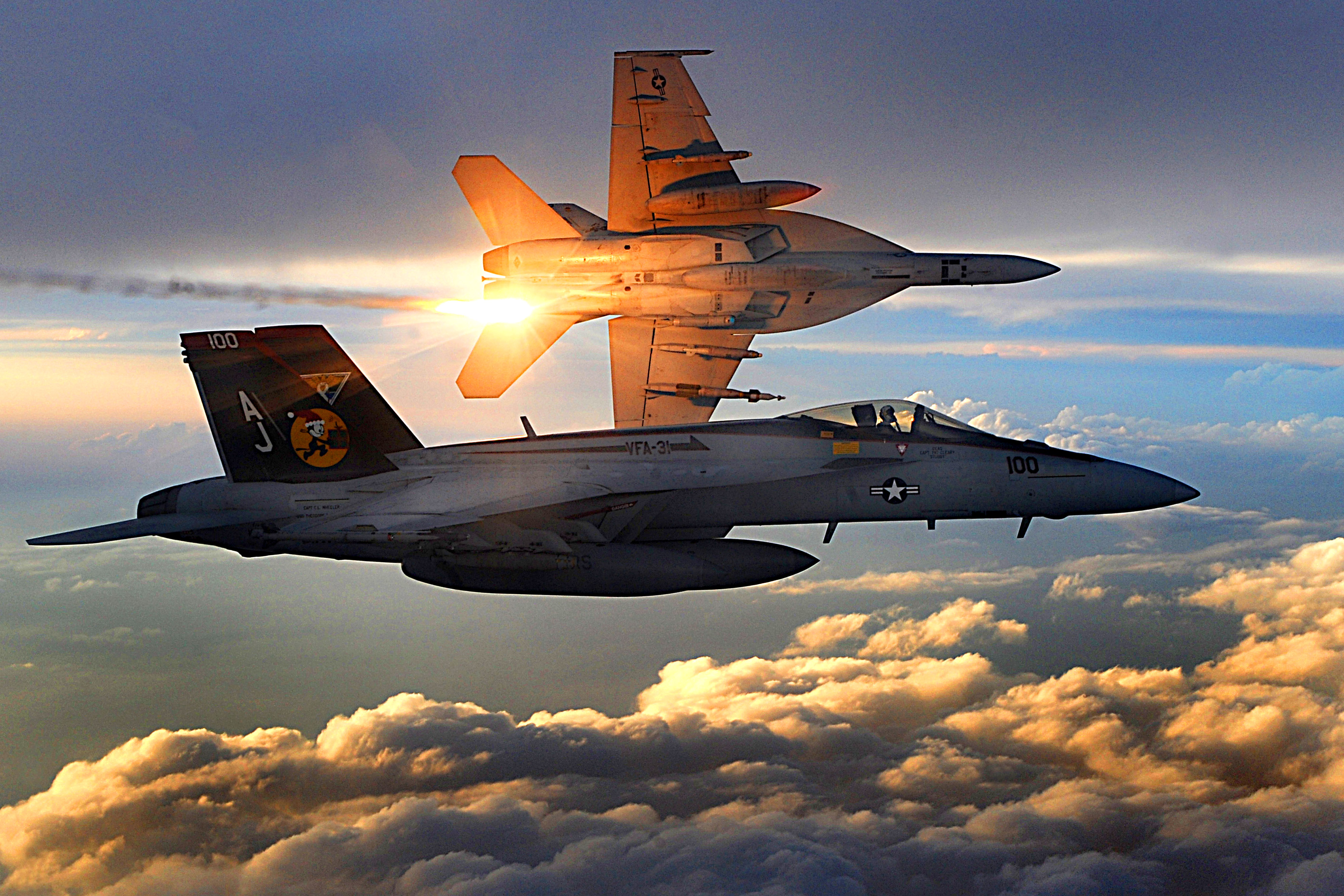Having seen France secure a massive deal of supplying 36 Rafale jets to India by beating bidders Lockheed Martin’s F-16s, Eurofighter Typhoon, Russia’s MiG-35, Sweden’s Saab’s Gripen and its own Boeing’s F/A-18s back in 2016, US aerospace juggernaut Boeing is going all out to clinching the $7-8 billion Indian Navy contract for 57 aircraft carrier-borne fighters.
China Shell Shocks Japan, ASEAN; To Permanently Deploy Its Aircraft Carriers In The South China Sea
The American aerospace firm’s Defense, Space & Security (BDS) segment, which is engaged in the research, development, production, and modification of manned and unmanned military aircraft and weapons systems for strike, surveillance, and mobility, have already offered their latest version of the Super Hornet – The Super Hornet Block 3, which boasts of advanced electronics, display systems, and increased fuel capacity, an offer which it also has extended to the Indian Air Force (IAF)

As reported earlier by the Eurasian Times, Boeing has been testing the F/A-18 E/F Super Hornet fighter jets by utilizing a ground-based ski jump at Naval Air Station Patuxent River in Maryland, so as to provide assurance that the Super Hornet can operate from all three of Indian Navy’s carriers: the in-service INS Vikramaditya; Vikrant, which is to be commissioned by 2022; and INS Vishal, which is still on the drawing board.
The aircraft carriers are built according to the basis of their specified operations: with one being Short Take-Off But Arrested Recovery (STOBAR), and the other being Catapult Assisted Take-Off Arrested Recovery (CATOBAR).
While both INS Vikramaditya and Vikrant are STOBAR carriers, on which fighter planes get airborne by flying off a ‘ski-jump’ like slope at the end of the flight deck, US Navy aircraft carriers are CATOBAR carriers, where aircraft are accelerated to take-off speed by steam or electro-magnetic catapult, without the need for a ski-jump.
The US Navy makes use of such catapults to launch aircraft, from its aircraft carriers, with the catapult providing additional momentum to enable the aircraft to take off with maximum weight from the carrier, which has a significantly less runway length than an airfield. Such catapults have a need for power generation, which are unavailable on non-nuclear aircraft carriers, similar to the ones used by the Indian Navy.
Boeing Spokesperson, Justin Gibon recently stated – “Boeing and the US Navy are in the beginning phases of operating an F/A-18 Super Hornet from a ski jump at Naval Air Station Patuxent River to demonstrate it is STOBAR compliant for the Indian Navy,”
Boeing completed an extensive analysis and more than 150 flight simulations on F/A-18 compatibility with Indian aircraft carriers, and while our assessment has shown the Block III Super Hornet is very capable of launching off a ski jump, this is the next step in demonstrating that capability.”
China Delivers The Biggest-Ever, Most Advanced Naval Warship To Pakistan
While, INS Vishal is being built as a CATOBAR carrier, proving that the Super Hornet can operate off both STOBAR and CATOBAR carriers would significantly enhance India’s fleet commonality and economy.
Currently, the Indian Navy operates MiG-29K fighter jets from its aircraft carrier INS Vikramaditya, which uses a STOBAR configuration instead of the CATOBAR configuration on which the F-18 generally operates.
Earlier, the Indian Navy’s MiG-29Ks had been said to be plagued with issues revolving around engine and maintenance, following which an RFI was issued to acquire 57 new deck-based aircraft to replace the MiG-29K. The primary contenders chosen were the Dassault Rafale M and the Boeing F/A-18 EF Super Hornet.





